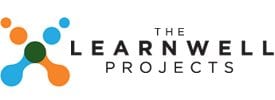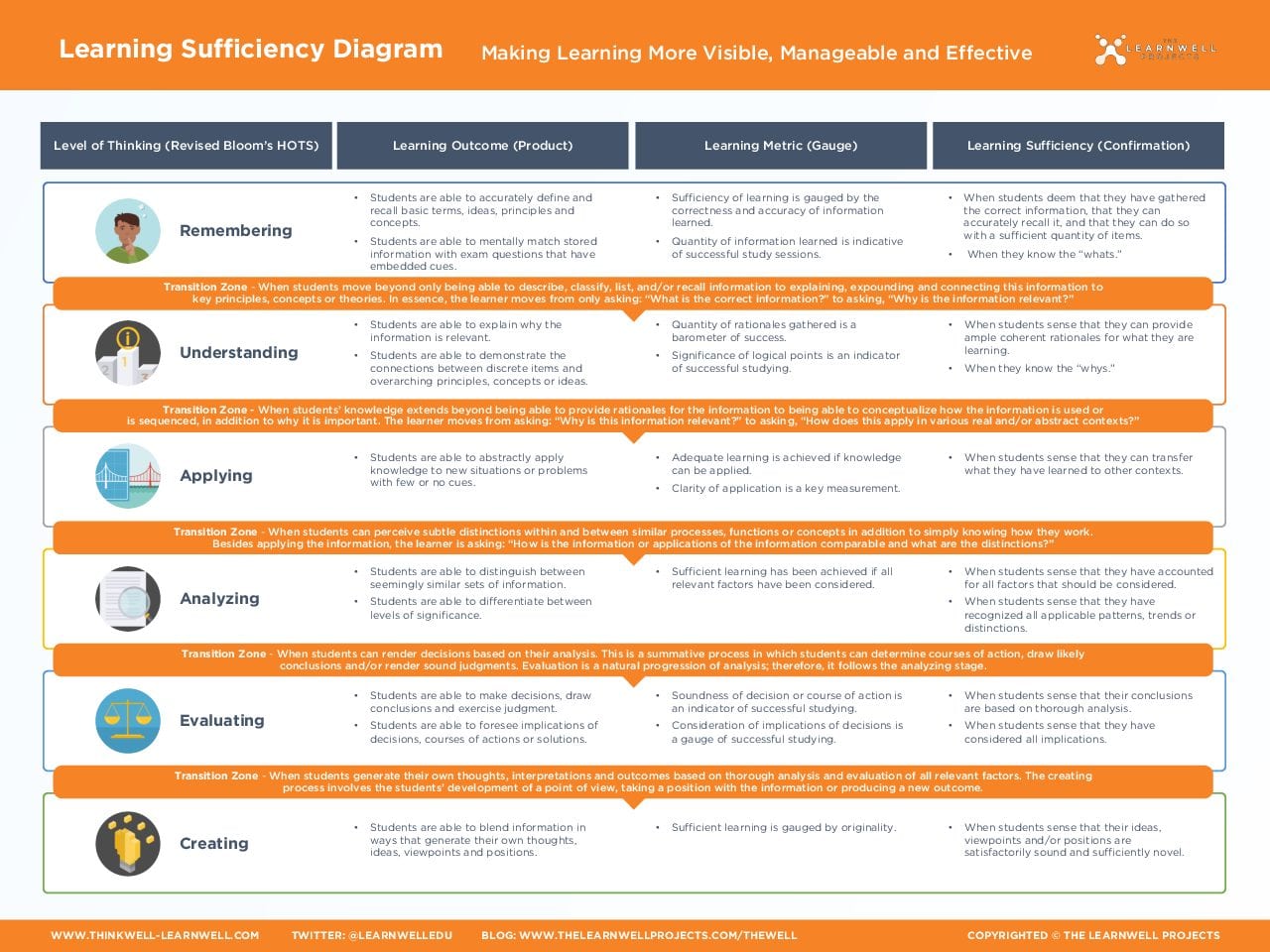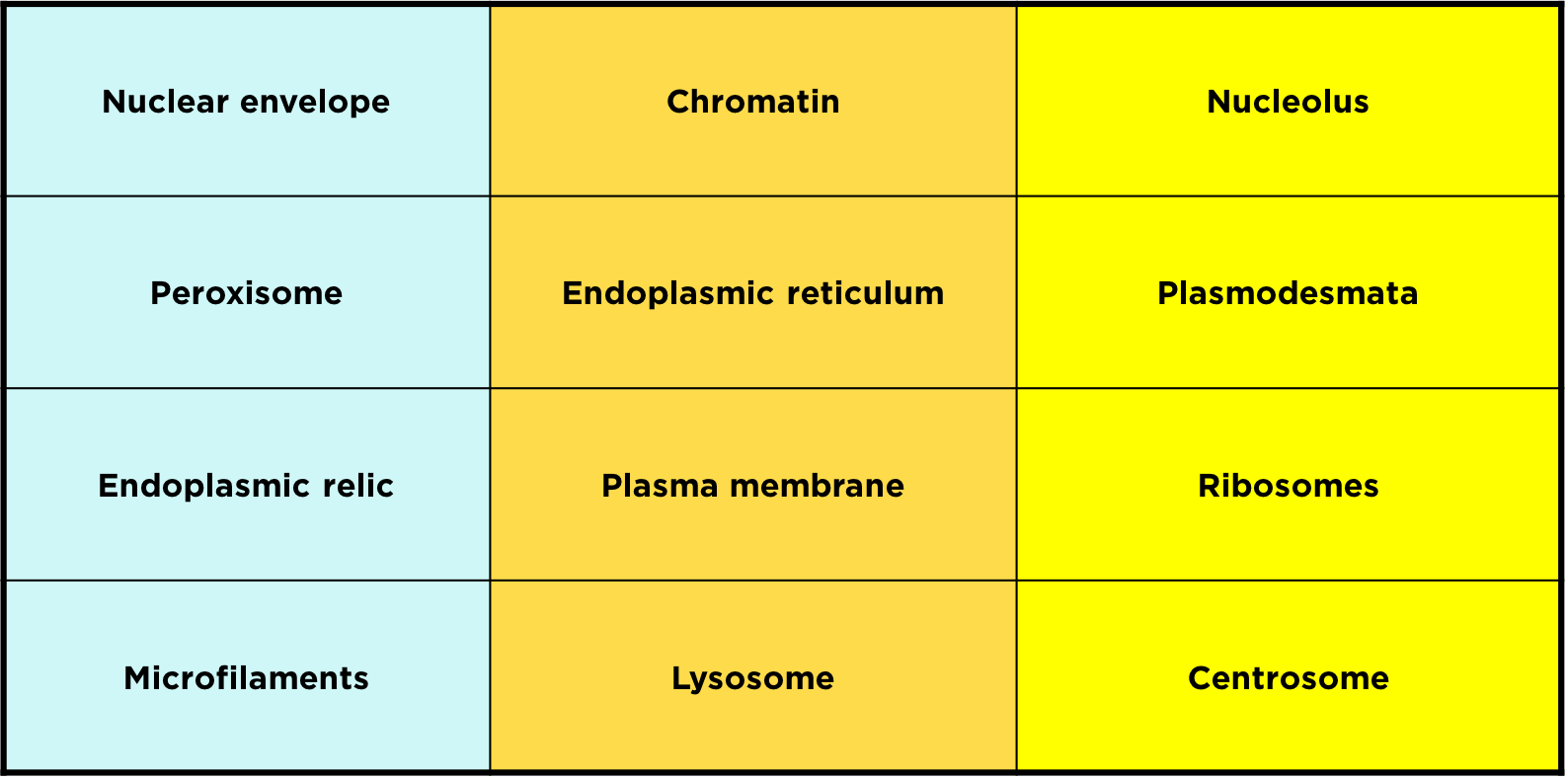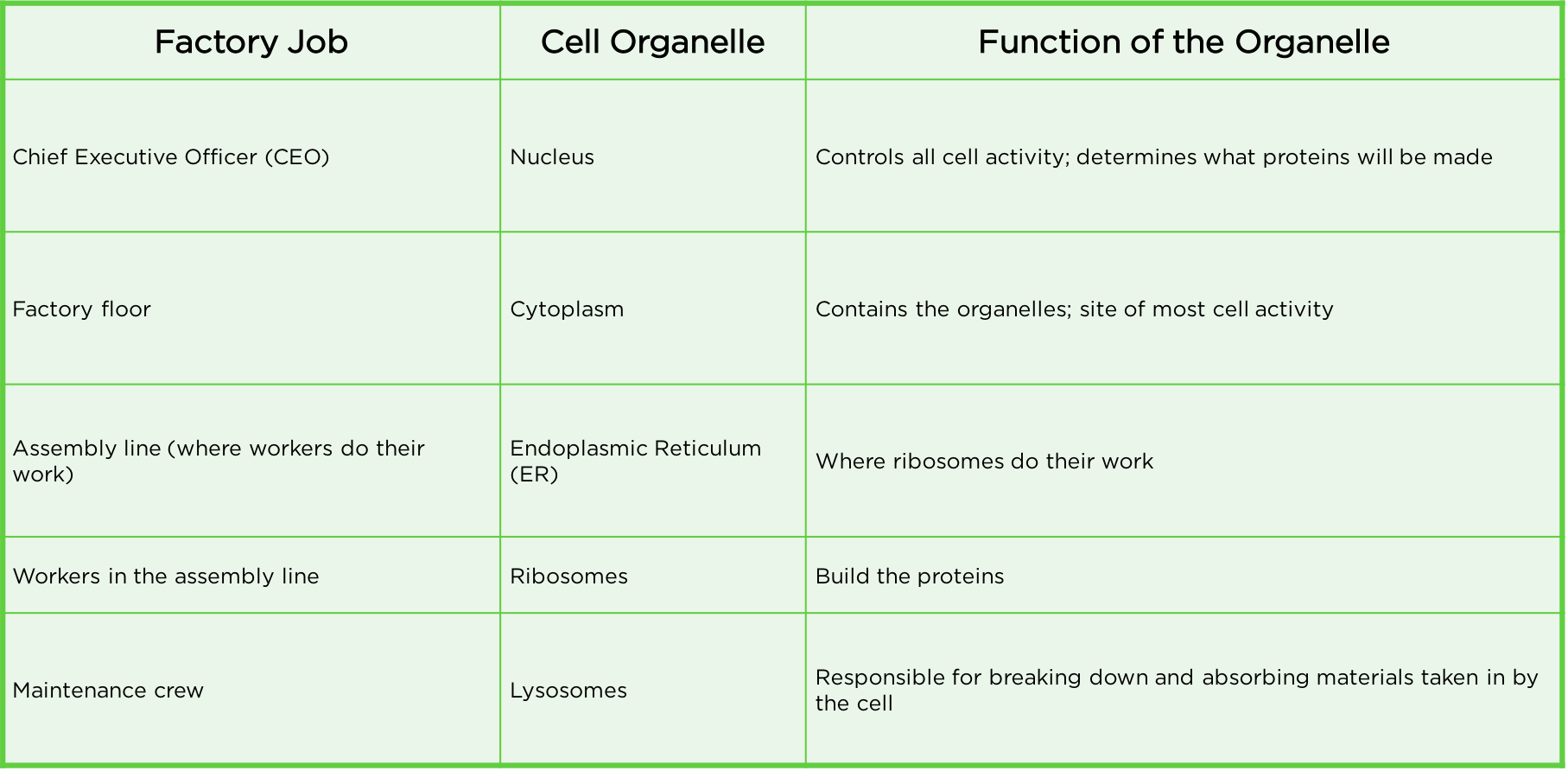Keisha’s story exemplifies this experience.

Keisha was a graduate of a reputable private academy in which she’d excelled in advanced placement courses. Her first semester of college, however, did not go as as smoothly as high school. Despite increasing her study and preparation time, she still “bombed” her tests. It would be one thing if Keisha hadn’t known the material. She’d felt confident before each test. Naturally, her low performance completely shocked her.
Keisha was unaware that she was entangled in three well-researched learning constructs: Transfer of Learning, Feeling of Knowing and Judgments of Knowledge.
Transfer of Learning
All learning involves transfer. Transferring knowledge is a primary educational goal. The process involves aligning what one has learned with what one needs to learn. When students gather information from class and study for tests, they’re seeking to transfer their knowledge across the context of time.
Feelings of Knowing and Judgments of Knowledge
Researchers have conducted complex phenomenological studies on Feelings of Knowing and Judgments of Knowledge. For the purposes of this article, these constructs deal with students’ predictions about future test performances as they relate to both known items and those not yet mastered (Zohar & Dori, 2011). Studies repeatedly show that students are terrible judges of their knowledge. They feel they know things that they simply don’t.
Here’s how all thee constructs unfold throughout students’ study experiences: As students work to satisfy implicit goals through activities such as studying, their goals don’t match their task outcomes. This unconscious misalignment prevents successful transfer by generating faulty learning metrics (feelings of knowing) and producing false knowledge confirmation signals (judgments of knowledge).
Why do college students repeatedly misjudge their knowledge? Because the knowledge confirmation systems they’ve relied upon throughout their pre-college years are incompatible with the college environment.
Knowledge Confirmation System (KCS)
All students have a personal knowledge confirmation system (KCS). This structure includes a network of cognitive, psychological and neurological factors that generates a sense of momentum as students learn new things. Such momentum produces feelings of satiety as learners meet certain targets.
Students’ Knowledge Confirmation Systems are well established by the time they enter college; however, they often conflict with the brand of learning that is valued at the university level. This truth begins to explain why students feel prepared for tests and tasks when, in reality, they’re utterly unprepared.
The Learning Sufficiency Diagram
This metacognitive tool bridges research with the realities students face as they attempt to discern what they need to learn. The Learning Sufficiency Diagram was created to help students more accurately judge their knowledge during the act of studying, as opposed to hoping their way through, only to have their hopes dashed by an exam. The diagram helps students by making their Knowledge Confirmation Systems visible and, therefore, accessible.
There are two primary functions of the diagram:
- It shows the relationships among students’ visible academic products and the invisible modes of thinking, learning metrics and knowledge confirmations.
- It displays the tricky transitional modes of inquiry that convert stagnant horizontal thinking into dynamic deep thinking.
Now, back to Keisha. Let’s examine how she used the Learning Sufficiency Diagram to transform her thinking, enhance her learning, and improve her performance.
Keisha was a grinder – studious and serious-minded. But she was a horizontal thinker. She used the same mode of thinking regardless of how long or intensely she studied. Practically all her mental activity occurred on the first level of the diagram. Her KCS was triggered when she achieved memory-level outcomes. Each shallow-based outcome was intensified by a boost of dopamine.
LEVEL 1: Remembering – The shallowest type of learning
The Remembering stage of the diagram represents a range of mental activities that involve acquiring, storing and retrieving information. Keisha clearly had done lots of work on this level. However, like many students I’ve encountered, she expended far too much of her study time on this level.
Keisha excelled in previous biology courses. She credited this success to her photographic memory. So, when studying the nucleus, she created several color-coded lists of terms like the one that follows.
Keisha was well organized. However, at this level of cognitive activity, she only attempted to store information in her mind. Once the raw information was gathered in her mental warehouse, all additional study activities were akin to taking a mental audit – ensuring accuracy, correctness, and easy retrieval. When she felt that these metrics were sufficiently met, her sense of “I-got-it-ness” was triggered, which prompted her to stop studying. However, by stopping, Keisha prematurely ended studying before the real work began.
It’s important to note that Keisha was investing considerable time and was doing sound work at this stage, but she did not score above a 60 (on a 100-point scale) on the material. She needed to develop the information beyond this point if she was going to live up to her high academic standards.
My challenge with Keisha was to change the metrics and confirmation signals at the core of her KCS that were causing her to prematurely confirm her knowledge.
LEVEL 2 – Understanding
At this level, students engage material in ways that contextualize it, allowing them to perceive the significance of items that previously existed in isolation in their minds.
In transitioning from remembering to understanding, Keisha’s mode of inquiry expanded beyond her usual metrics: “What is the correct information?” and “How well do I know this information?” to “What’s the relevance of the information?”
Using this vein of thinking ultimately enabled Keisha to understand the importance of each nucleus component in relation to the overall nucleus structure. For example, she understood how all the cell components worked to make up the endomembrane system. Her new level of knowledge was more complex and was a cornerstone to Keisha understanding the nature of multicellular organisms.
At this level of interaction, Keisha’s developing KCS metrics consisted of a mix of qualitative measures that included the significance of knowledge and quantitative measures such as the number of rationales. Keisha’s mental confirmation signals were no longer triggered by her memorization activities, regardless of how much she studied. Her sense of I-got-it-ness was delayed until her new metrics were met, propelling her to expend extra effort to reach a deeper level of knowledge.
Simply getting to this level extended Keisha’s thinking much more deeply than many students. Operating at this level improved Keisha’s score to an 82, more than 20 points higher than her previous score.
This state of mental activity is characterized by students seeking applications of the material. Students are often deceived at this level because they classify the act of using problems or material presented in books or by their teacher as applying. However, upon close inspection, it’s clear that they’re exercising recall skills, functions of the Remembering level.
At one point Keisha was grappling with cell organelles. After learning about their importance (understanding level), she was trying to learn how they work cohesively, an applying type of thinking. She drew upon her part-time work experience in a factory, cleverly comparing the various functions of cell organelles to matching factory jobs. Below are some of the relationships she expressed.
Simply getting to this level extended Keisha’s thinking much more deeply than many students. Operating at this level improved Keisha’s score to an 82, more than 20 points higher than her previous score.
Rigorous learning in college begins at this stage. Unfortunately, it’s rarely reached. At this level, learning is measured by the thoroughness of one’s considerations. Analyzing is a threshold critical thinking skill whereby students closely scrutinize information. Work at this stage often reveals key patterns and trends that are indiscernible to cursory studying.
Evidence of Keisha operating at this stage could be found in her notes, which showed her contemplation of the differences between prokaryotic and eukaryotic cells, and her efforts to find distinctions among several eukaryotic cells.
Her new metrics were the thoroughness of her investigation and the relevance of her discoveries. Her knowledge was not confirmed until she concluded that she’d accounted for all relevant factors. Working at this level earned Keisha a 95, which was more than 30-points higher than her original exam.
Keisha did not need to exceed this level of knowledge to obtain the grade she desired, but let’s imagine how Keisha’s knowledge may have progressed at even deeper levels.
Evaluating is the evolutionary progression of analysis. When engaging in evaluative thinking, students move beyond actively considering the information they’ve analyzed to making decisions based upon their considerations. Therefore, making judgments based upon one’s analysis is most salient at this level of studying.
A good example would have resulted had Keisha deeply examined a case study of a cellular disease. She would have stretched her mental skills beyond the information contained in the book and case study and worked to decipher what went wrong in the cell. The judgments she would have made based upon her analysis of the issue would have demonstrated evaluative thinking.
The creating level requires students to measure their thinking according to originality and novelty. This skill involves more than “new” ideas. Significant work must be done at the analyzing and evaluative levels (along with the others) to truly engage in this type of innovative thinking. Creating is not automatic; it requires intentionality. Students operating at this level confirm their knowledge once they construct an authentic interpretation or viewpoint.
An example of creative thinking would have resulted had Keisha, while studying the differences between prokaryotic and eukaryotic cells, pieced together various aspects of the material to gain an altogether new insight. Another example of working at the creating level would be if Keisha had designed an evolutionary intermediate between prokaryotic and eukaryotic cells after comparing them. This would not only have satisfied her creating metrics, but it also would have generated a feeling of originality.
Many undergraduates are asked to analyze or evaluate materials. Unfortunately, few work at this level. For those who do, the “pleasures of learning” are an unexpected payoff (Ramsden, 2005).
Easy courses test students on what they know; rigorous courses test students on what they can do with what they know. Keisha had thrived in high school courses because she could rely upon her ability to access prior knowledge. Her strong work ethic, photographic memory and organized mind aided her superbly on these tasks. The learning metrics upon which she had relied and the knowledge confirmations that she had trusted had given her a great feel for studying. But these mechanisms proved unreliable in college.
Keisha’s biology professor was testing the class on what they could do with the presented course content. Therefore, Keisha had to learn how to provide unrehearsed answers for unknown inquiries. Prior to using the Learning Sufficiency Diagram, Keisha’s KCS was not equipped to operate in this unchartered territory. However, now she not only knows her biology content, but she also has learned advanced ways to interact with material. Her new KCS will sustain her in all her courses, regardless of the domain.
Now that you’ve heard Keisha’s story, share the types of metrics and confirmation you encounter or share which level of interaction(s) you value most by replying below.
Download a free PDF Version of the Learning Sufficiency Diagram: https://thelearnwellprojects.com/tools/
Purchase the oversized poster at: https://thelearnwellprojects.com/shop/
Works Cited
Ramsden, P. (2003). Learning to Teach in Higher Education (2nd ed.). New York, NY: RoutledgeFalmer.
Zohar A., & Dori Y.J. (2011). Metacognition in Science Education: Trends in Current Research. New York, NY: Springer.
















Although I don’t really know about the universities’ grading as so far, it is always important for me to have an efficient study model. And that ‘s also why I never agree that the youth should not play vedio games. It makes me proud of myself when I rank over more and more players. For me, I really hates the doing the same thing for a long time. Therefore, I often swift my homework from one subject to another during my working hour. This article really helps me to know more about the potential problems that I might meet in the future if I can’t manage my time very well.
After I read the Keisha’s story, I have learned the Knowledge Confirmation System which matches the learning metrics in universities. I used to only complete the first two steps, so after reading this story, I will do my best to complete at least 4 steps. I hope I will do well in the college study!